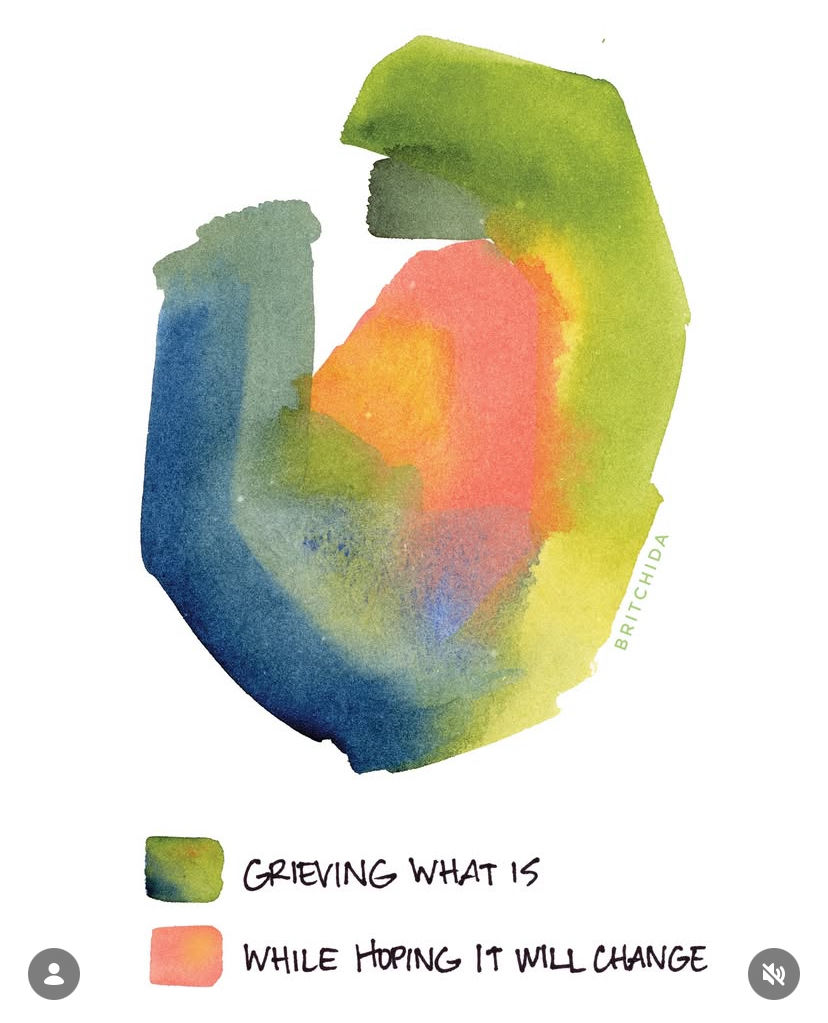1 step forward…
- Bahamian Borderline
- Apr 18
- 3 min read
Updated: Jun 2
There’s a story that goes: a young writer with depression wrote about all that was on her heart and mind and became a best selling author. She made millions of dollars as people read her work and were inspired by her ability to make their reality come alive in the most poetic way imaginable with her words. Eventually, in her depression she was unable to write and sought help for her wellbeing. She found out that a lot of her depression was tied to her diet and eventually she got better. No longer “suffering from” depression her books took a different path and were happier and lighter. She stopped making as much since her “creativity” and relatability had gone out the window.
I pull several things from this story. The obvious, is one that most artists tend to fight with. A lot of them create from a place of pain and suffering and trauma. What happens is when those heavy feelings are removed, the creative process shifts and the people once drawn in by our work don’t follow us in the new direction. Artists realize how much their work is influenced by their emotions and somehow positive emotions don’t yield nearly as much of a following as work done in pain. Therefore, they live in that pain, because without it the essence of their work and their life is gone. It seems better to stay attached to dysfunction since it has a better ROI.
The part that stands out most for me is the following. Why do we have more of a following when we’re sad and depressed and hanging on by a thread? People love to say that it’s because misery loves company…but I dare say it’s not merely company for the sake of seeing another person in pain; it’s company to know that they are not alone. People follow you in your sadness because they can relate with the pain and the depth of your suffering. Your work gives voice and expression to the pain they feel themselves but cannot express as aptly. The crazy thing is that more people are in pain than those who aren’t. More people are looking for a way to express that pain than we care to admit. It’s sad for the artists who carry the burden of painting, writing or singing that weariness we carry as a race. Yet, at what point do we sit and listen to the millions of people who are grasping at the concept of relating.
Where does empathy come in? Are we so consumed by the phenomena of losing profit when you’re healthy that we are blind to see what it means? Are we so caught up with the celebrity status that we further take away the voices of the millions that are rocking in silence holding onto the only words that relate to their own pain? At what point do we look at our neighbor and say…”yes, I feel that way too. Let US write our own song.”
Love,
Dat Bahamian Borderline
Book update:
Awaiting ISBN assignment
Formatting complete
Ready for publication as soon as ISBN is completed
Still working on the website (which will be completed as soon as the ISBN is assigned which will allow the book to be able to go to print and sale)
Ahead of schedule for now but hoping that this isn’t a case of 1 step forward and 2 steps back




I love your insight and await your book! Keep sharing and creating!
Awesome and relatable share. An image of depth is portrayed in struggle with art in most forms, while happiness and fake illustrations of happiness is sometimes viewed as played out. Hurt and pain though it is apart of life, is less commonly heard or given a voice. So when it does, the creater is given favor. At least that’s until the artist grows into their happy season, and now their new art work is seen as ‘fake’. I find that people are more at peace and in awe with ‘broken’ art than the actual broken person.